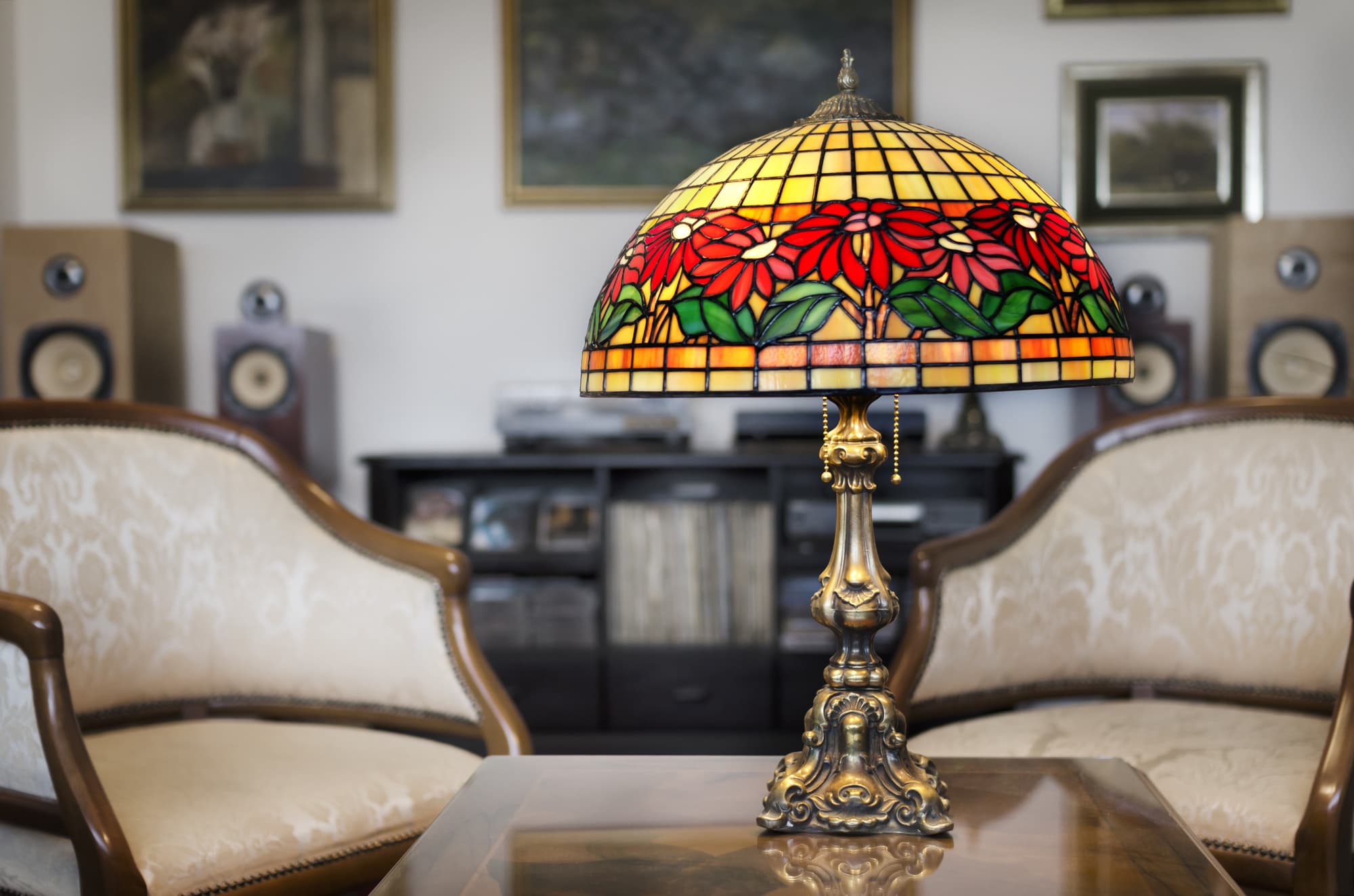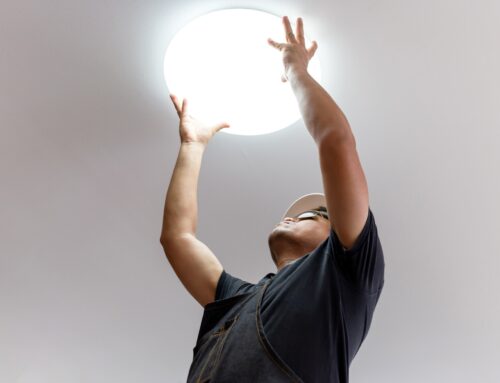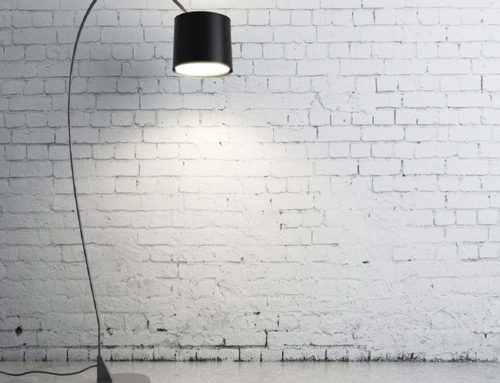Humans have been making lamps since 70 000 BCE, and we’ve come a long way since. Lamps are a great way to bring light into your home and refresh the space. With so many types of lamps to choose from, how are you supposed to know what the best lamps for you are?
Here are some tips for buying lamps to help you get started.
Know What Type of Lighting You Want
Knowing how to choose a lamp is all about knowing what you want the lamp to do. There are 4 main functions for lamp lighting:
- ambient lighting’s goal is to illuminate the room
- task lighting’s goal is to provide enough light to complete a specific task
- accent or focal lighting’s goal is to draw attention to a specific feature
- decorative lighting’s goal is to create an atmosphere
Before you start looking at lamps it’s helpful to know which of these goals you’d like the lamp to fulfill.
Find the Right Spot
Lamps can only create so much light. And you don’t want to have to light loads of different lamps around the room to create enough light.
Your lamp is best placed somewhere slightly out of the way, so it won’t get damaged or knocked over, but still close enough to create the light you want. Popular spots for smaller lamps are side tables or being mounted on walls, while big lamps are often placed behind furniture.
If you ever need guidance with finding the right spots for lamps around your home, we can help you out.
Play Around with Style
Figuring out the style of the lamp is all about the light fitting and the lampshade. The fitting and lampshade need to work with each other, but also with the rest of the room.
It’s usually best to pair a vibrant lampshade with a more neutral fitting, or the other way around. Consider how the light will reflect around the lampshade fitting, and what shadows or shapes this might make across the room.
Be dynamic with size. Big lamps pair well with smaller settings, and small lamps pair well with bigger settings.
Play Around with Color
Light creates an atmosphere. Traditionally there are two light atmospheres: warm and cold. Warm light is yellow, while cold light is blue or white.
If you want to try something different, you can use a non-traditional color light bulb. Read up on color theory to find what will work well in your space and create the atmosphere you want.
Remember if you’re wanting to swap out light bulbs later, always check if the fitting allows bulbs to be replaced. You should also make sure you are using light bulbs with the same wattage to avoid electrical problems later on.
Finding the Best Lamps for Your Home
After using these lamp buying tips, you’ll have only the best lamps for your home! These lamps will completely transform your space, making it feel fresh and lively.
Contact us for all your light installation needs.



